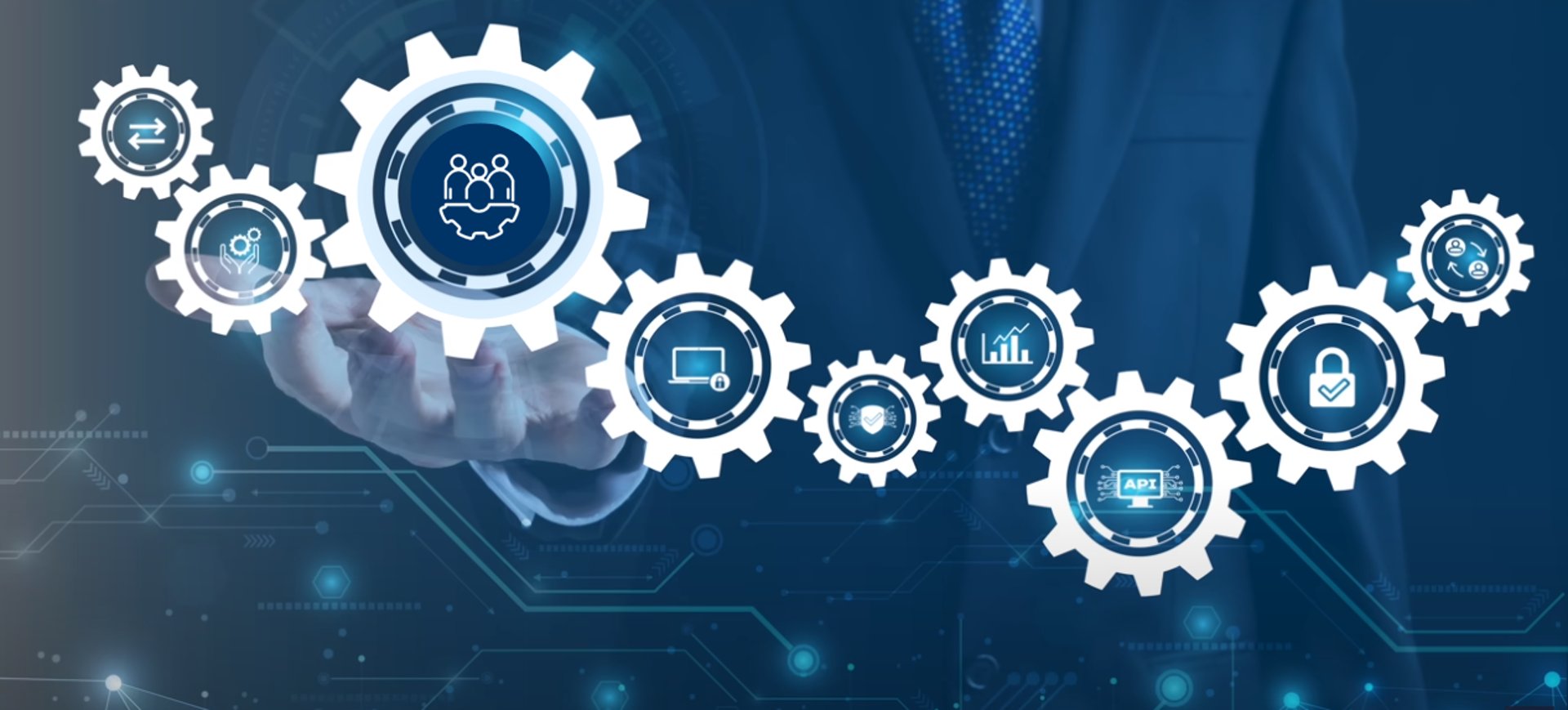
Payroll-matic an End-to-End Payroll management solution and automation
When choosing an end-to-end payroll solution or considering payroll automation management, it's important to evaluate the system based on its main functions and capabilities. Some key functions to consider include:
1. Employee Data Management: The system should allow for the efficient management of employee data, including personal information, employment history, tax details, bank account information, and benefits enrollment. It should also support updates and changes to employee records as needed.
2. Time and Attendance Tracking: The system should offer robust time and attendance tracking capabilities, allowing employees to clock in and out, record hours worked, track leave and absences, and manage schedules. It should support various methods of time tracking, such as biometric scanners, mobile apps, or web-based portals.
3. Payroll Processing: The system should automate the payroll processing workflow, including calculating wages, deductions, taxes, and other payroll components. It should support multiple pay types, frequencies, and payment methods, such as direct deposit or paper checks, and generate accurate pay statements and reports.
4. Tax Compliance: The system should ensure compliance with tax laws and regulations at the federal, state, and local levels. It should handle payroll tax calculations, deductions, withholdings, filings, and reporting requirements, keeping up-to-date with changes in tax rates and regulations to minimize compliance risks.
5. Benefits Administration: The system should facilitate benefits administration by managing employee benefit elections, enrollments, changes, and eligibility requirements. It should support various types of benefits, such as health insurance, retirement plans, and flexible spending accounts, and integrate with benefits providers for seamless administration.
6. Self-Service Portals: The system should provide self-service portals for employees to access their payroll information, view pay stubs, update personal details, submit time-off requests, and manage benefits. Self-service functionality empowers employees to take control of their payroll and HR-related tasks, reducing administrative burden.
7. Reporting and Analytics: The system should offer robust reporting and analytics capabilities, allowing users to generate standard and custom reports, dashboards, and analytics on payroll-related metrics, trends, and performance indicators. It should support ad-hoc querying and data visualization for data-driven decision-making.
8. Compliance Management: The system should assist with compliance management by enforcing labor laws, regulations, and company policies related to payroll and HR. It should provide alerts, notifications, and reminders for compliance deadlines, requirements, and changes, helping to mitigate risks and ensure regulatory compliance.
9. Integration and Scalability: The system should integrate seamlessly with other business systems and applications, such as accounting software, HRIS, time tracking systems, and benefits providers, to streamline data exchange and workflow processes. It should also be scalable to accommodate the organization's growth and evolving needs over time.
10. Security and Data Privacy: The system should prioritize data security and privacy by implementing robust security measures, such as encryption, access controls, audit trails, and compliance with data protection regulations. It should ensure the confidentiality, integrity, and availability of payroll data, protecting it from unauthorized access, breaches, or cyber threats.
By evaluating a payroll automation management system based on these main functions, businesses can choose a solution that meets their specific payroll processing needs, enhances efficiency, ensures compliance, and supports overall business objectives.